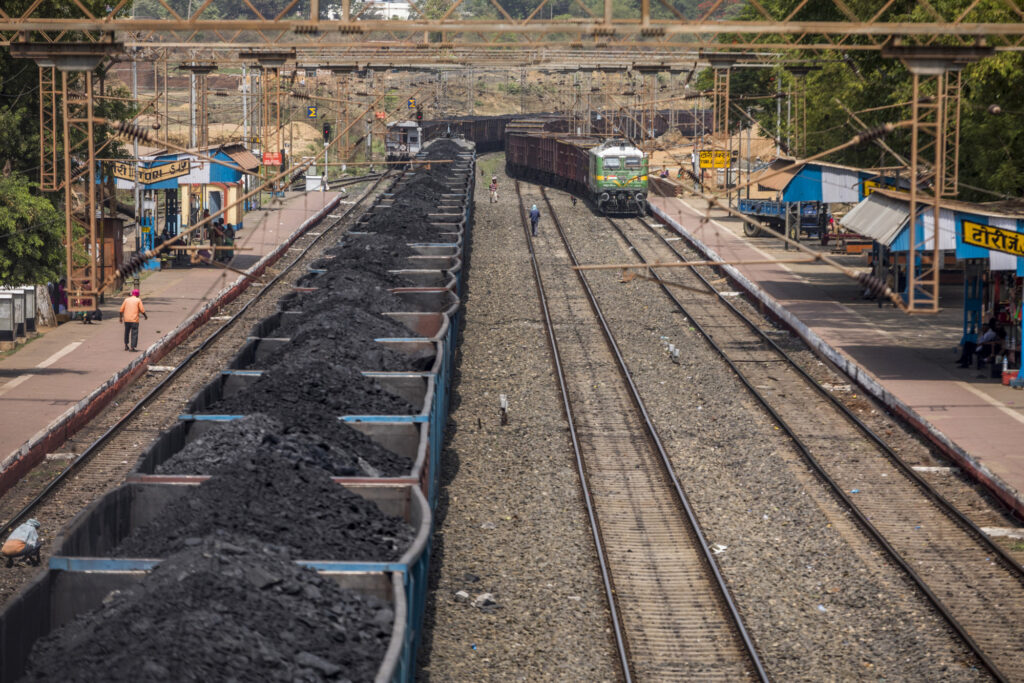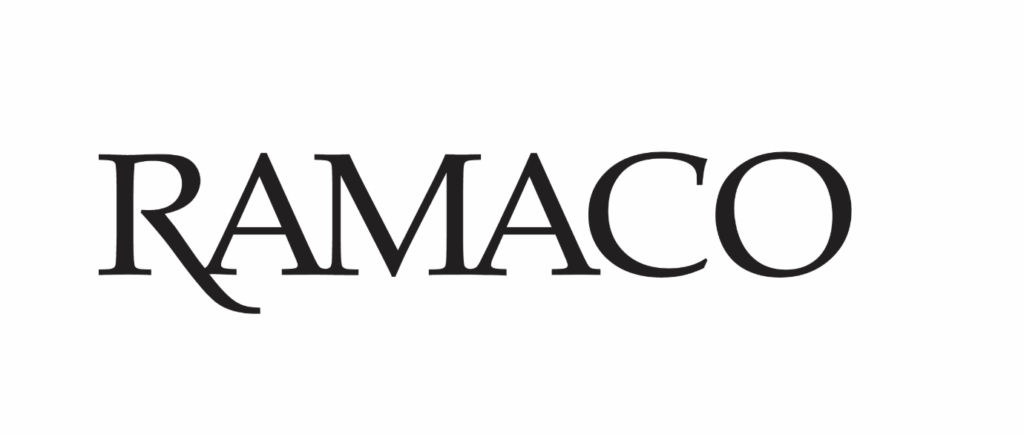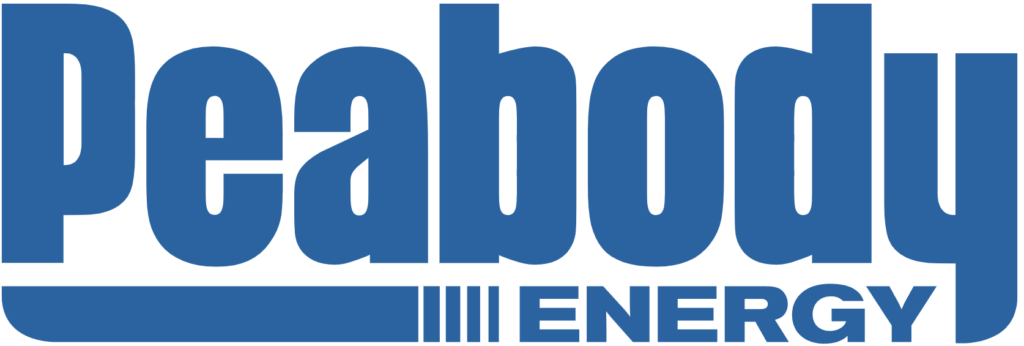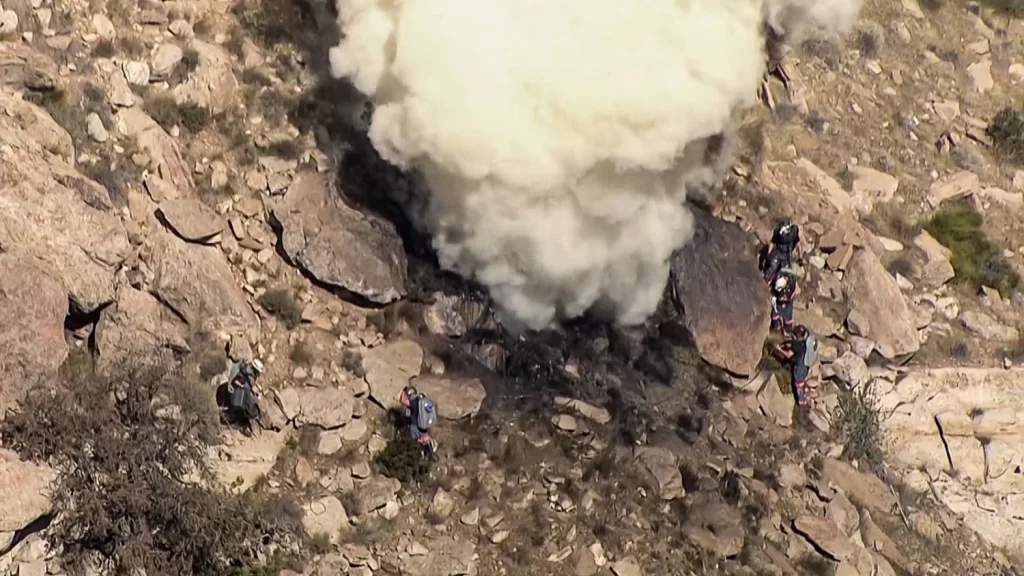Last week thermal coal indices on the European market soared to almost 125 USD/t, supported by a reduction in stockpiles and increased volatility in gas prices amid Russia’s strike on the gas infrastructure in western Ukraine, with Europe partially relying on it to ensure its energy security. Furthermore, on March 26, a bridge collapsed in the U.S. city of Baltimore as a result of a collision with a vessel, causing the blocking of coal exports from Consol and Curtis Bay Pier terminals. According to preliminary data, repair work may take about 6 weeks and around 2 mio t of thermal coal will be lost for the export market.
Gas quotations at TTF hub strengthened to 308 USD/1,000 m3 (+2 USD/1,000 m3 w-o-w) due to reduced Norwegian supplies, related to maintenance of several gas fields. Gas storage facilities are still 60% full.
South African High-CV 6,000 encountered resistance at 100 USD/t but managed to hold slightly above this level, Medium-CV 5,500 broke through the 90 USD/t mark, following higher indices in Europe and backed by steady demand from India and Pakistan.
Weekly rail coal shipments on the Transnet main line to Richards Bay Coal Terminal (RBCT) improved to a high of 1.2 mio t, seen in FY 2023/2024 (ending March 31). A total of 1.4 mio t was shipped via the North Corridor line to domestic and export markets, up from the June high, reached in FY 2023/2024. If Transnet can maintain weekly coal shipments to the RBCT terminal at current levels (1.2 mio t), rail shipments will total 60 mio t in FY 2024/2025.
The RBCT terminal has lifted the ban on Optimum Coal’s coal transshipment, that will enable Liberty Coal, the new owner of the open-pit mine, to send coal for export from April this year. However, this also requires a definitive agreement with Transnet, which is yet to be confirmed. The Optimum Coal open-pit mine, which faced financial issues in early 2018, has a capacity of 8 mio t, of which 3 mio t used to be shipped for export.
In China, spot prices for 5,500 NAR coal at the port of Qinhuangdao eased by 1 USD/t to 121 USD/t on subdued demand from power and industrial plants, as well as warming temperatures and high stockpiles. Moreover, downward price cuts by trading house Zhujiang Investment in the country’s Southern ports added further pressure. Also, Shenhua is expected to lower quotes again to ease inventories.
China’s energy regulator released a forecast that the country’s cumulative generation is expected to hit 9.96 TWh in 2024 (+0.6 TWh vs. 2023), with the share of RES set to climb from 51.9% to 55%.
Inventories at the 6 largest coastal thermal power plants grew marginally to 13.1 mio t, while consumption fell from 782 kt/day to 758 kt/day. Stocks at the 9 largest ports amounted to 23.4 mio t (+1.4 mio t w-o-w).
Indonesian 5,900 GAR eroded by 1 USD/t to 92 USD/t because of growing freight rates, falling Chinese domestic prices and increased supply caused by easing logistical issues in South and East Kalimantan. Pressure on quotations was also exerted by high stocks in India and China. Market participants believe traders are seeking to redirect shipments purchased for China to other destinations at a significant discount, as stocks in China remain at considerable levels. A large spread between supply and demand prices is still in place.
Australian High-CV 6,000 inched up above 125/mio t after a benchmark for the FY (April 1, 2024-March 31, 2025) was settled at 145 USD/t FOB Newcastle 6322 kcal/kg GAR between Glencore and Japan’s Tohoku Electric Power on March 22.
Australian HCC metallurgical coal quotations dropped below 245 USD/t, resulting from an excess of supply over demand. The lower price prompted Indonesian consumers to start showing some buying interest. Besides, some Chinese companies cut coke prices, confirming unfavorable conditions on steel market.
Source: CAA & The Coal Hub









